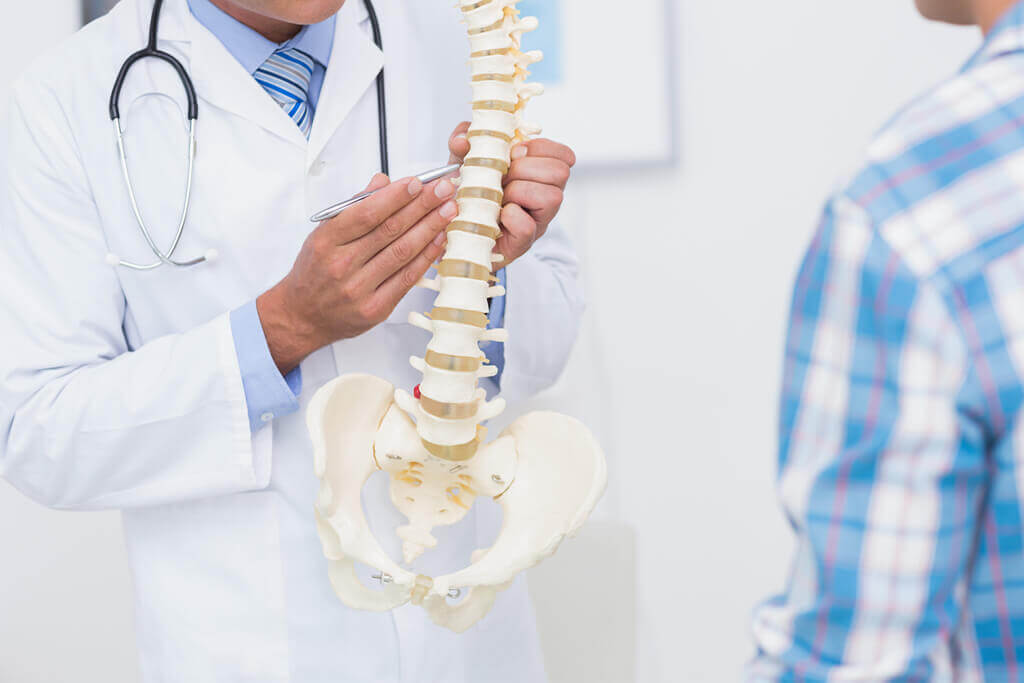TMJ Disorder
Introduction
Anatomy
Causes
There are several causes or combinations of causes of TMJ disorder. Stress that causes teeth grinding or jaw clenching, poor posture, jaw structure abnormalities, injury, arthritis, and dental problems, such as misaligned teeth or problem bite patterns, may contribute to TMJ disorder.
Symptoms
A main symptom of TMJ disorder is pain or tenderness at the TMJ in front of each ear. Dull aching pain may spread to your face. You may have an earache or headache. Your pain may increase when you move your jaw. It may be difficult to open and close your mouth, and your jaw may lock at times. A clicking noise may be heard during motion.Diagnosis
Treatment
Prevention
You may be able to prevent TMJ disorder by:
• Practicing relaxation techniques. Therapy or biofeedback may help, as well.
• Maintain good shoulder, neck, and back posture, especially when working at your desk
• Avoid repetitive mouth motions, such as those used during gum chewing, smoking, or chewing on pens or pencils.
Am I at Risk
TMJ disorder occurs more frequently in women than in men. Risk factors for TMJ disorder include:
• Poorly aligned teeth or uneven bite patterns (malocclusions)Stress that results in teeth grinding or jaw clenching
• Repetitive motions, such as used for gum chewing, smoking, or chewing on a pen or pencil
• Poor posture that strains the neck, shoulders, and back
• Osteoarthritis, rheumatoid arthritis, or other inflammatory diseases
• Jaw injury
• Joint structure abnormalities, such as disc or tendon problems
• Whiplash
Complications
TMJ disorder can lead to chronic headaches and facial pain.
Copyright © - iHealthSpot Interactive - www.iHealthSpot.com
This information is intended for educational and informational purposes only. It should not be used in place of an individual consultation or examination or replace the advice of your health care professional and should not be relied upon to determine diagnosis or course of treatment.
The iHealthSpot patient education library was written collaboratively by the iHealthSpot editorial team which includes Senior Medical Authors Dr. Mary Car-Blanchard, OTD/OTR/L and Valerie K. Clark, and the following editorial advisors: Steve Meadows, MD, Ernie F. Soto, DDS, Ronald J. Glatzer, MD, Jonathan Rosenberg, MD, Christopher M. Nolte, MD, David Applebaum, MD, Jonathan M. Tarrash, MD, and Paula Soto, RN/BSN. This content complies with the HONcode standard for trustworthy health information. The library commenced development on September 1, 2005 with the latest update/addition on February 16, 2022. For information on iHealthSpot’s other services including medical website design, visit www.iHealthSpot.com.


